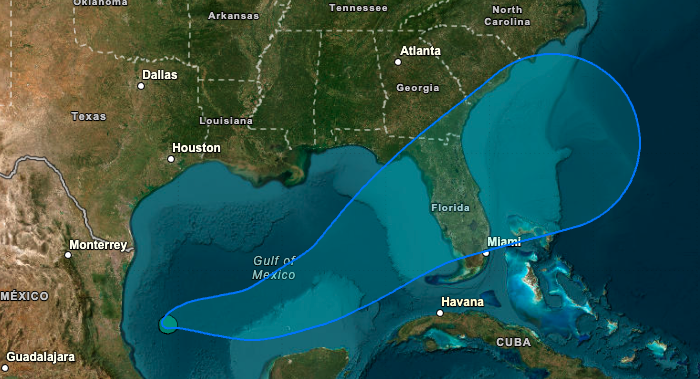Miami commissioners on Thursday voted to resume issuing red-light camera tickets and deferred on whether the city should control murals on state and federal roads.
Red light tickets will resume Friday after commissioners voted 3-2 to set up a special appeals board to hear citations.
The board, which will be ready by mid-September, is now required by a state law that went into effect July 1, the Miami Herald reported. Drivers will get 60 days to contest tickets.
Previously, they would have to fight tickets in a county court.
Davie, Hollywood and Coral Gables have already created their appeals board. Doral is considering taking away its red-light camera program altogether, the newspaper reported.
Even though tickets have been suspended for about three weeks, the city's 153 traffic cameras at 98 intersections were still turned on, the newspaper reported.
Crashes are down 11 percent since the cameras were installed at Miami intersections.
"I think I personally have changed my way of driving," said Commissioner Willy Gort.
Meanwhile, Commissioner Francis Suarez said: "I think we have more camera than the city of New York, which is 20 times larger than the city of Miami."
Local
Miami makes $3.5 million a year from about 1,200 citations issued a month, the newspaper reported. This new process would require drivers to pay an additional $85 fee if they unsuccessfully contest their ticket. Drivers who don't show up to their hearing or fail to pay their fine after losing would be unable to renew their vehicle registration until they do pay.
The commission also voted on Thursday to defer a preliminary agreement that would give the city control over advertising on state and federal roads within city limits and share 50 percent of future revenue with Florida's Department of Transportation.
If approved, it would be the first time Florida would have an agreement with a municipality to collect revenues from mural fees. Last year, Miami collected about $3 million in permit fees and licensing of murals, the newspaper reported.
However, the resolution faces opposition, specifically from legal experts who believe the city isn't currently following state regulations.
"In essence [the city] will be regulating themselves,” Peter Ehrlich, co-founder of Scenic Miami, a group created to oppose visual pollution, told the newspaper before the vote. "The fear is that there will be many more ads in the future facing highways."
In fact, Miami has been following its own rules over murals on the 27 state and federal roadways in the city, which include South Dixie Highway, Biscayne Boulevard and Interstate 95, the newspaper reported.
According to state regulations, billboards cannot be within 1,500 feet of each other, signs cannot be larger than 1,200 square feet and signs cannot be within 650 feet of a highway. The city's code allows murals to be as large as 10,000 square feet, and allows them to be within 1,000 feet of each other. It also limits the number of murals within Miami to 45, the newspaper reported.
Commission Chairman Marc Sarnoff, a supporter of the measure, told the newspaper before the vote that when he was first elected there were 87 murals within city limits.
"It was as high as 107 at one point," he said, adding that he doesn't plan to increase the number of murals from 45.
More Local Stories:



